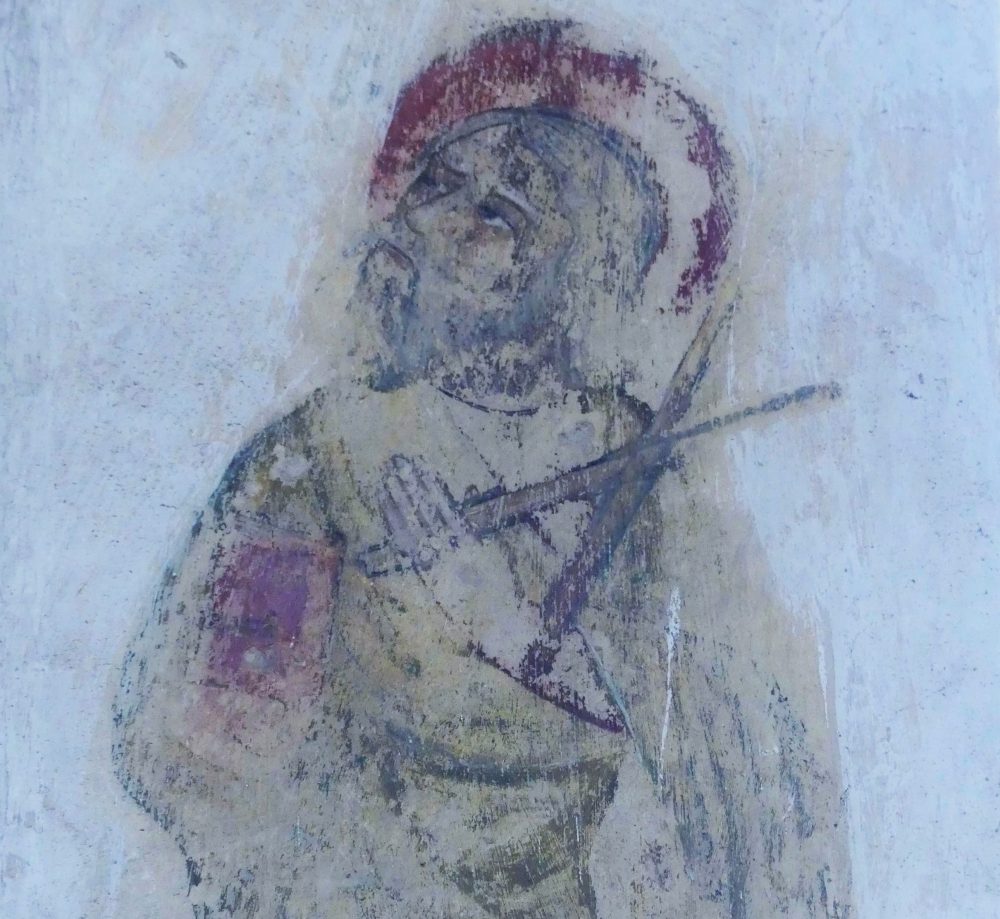Re-opening guidance for churches post-lockdown
There are a lot of new rules and regulations on keeping your church building safe while re-opening it during the coronavirus pandemic. The Bats in Churches project is not an authority on this but would like to offer some helpful tips.
For more information, please refer to the changing government guidance and the Church of England coronavirus resource page, which is regularly kept up-to-date. If your church is managed by a charity or organisation other than the Church of England, these tips might still be useful, but do follow the guidance of your lead organisation.
Cleaning Guidance
We understand this is a very difficult time and many of you are facing a substantial challenge to clean churches for reopening. The Bats in Churches project has created post lockdown cleaning guidance to help those facing this task.
Do not use chemical disinfectants to fumigate churches before reopening for the following reasons:
- Some of these chemicals can be harmful to bats, which are protected under law, and churches where bats may be present should not fumigate before first having a survey (in some cases you may not be aware that your church houses bats).
- These chemicals also have the potential to severely damage the historic artefacts within your church, as they may react with sensitive pigments on the painted screen, wall paintings, varnishes and soft furnishings for example.
- It will offer little reward. Cleaning and sweeping of the church will still be required after these measures.
We want to help where we can. Please contact the Bats in Churches Project if you have further questions, concerns or are struggling with the cleaning situation in your church.
Preparing for re-opening
- Air your building before use and consider ventilating throughout the day.
- Flush water systems and empty standing water e.g. from fonts or holy water stoups.
- Look out for hazards or damaged areas (some tips on what to look out for can be found in the BiC Post-Lockdown Cleaning Guidance)
- Clean the building ready for use. If your building has been closed for more than 72 hours, there is no need for extra cleaning to remove the guidance.
Information on cleaning your church can be found on the Church of England resources pages, information on cleaning historic fabric can be found on the Historic England website and information about cleaning a church with lots of bat droppings can be found here.

Preparing for social distancing
- Prop the doors and windows open if possible, so there is reduced need for visitors to touch them and increased ventilation.
- Think about which door will be your main access point and if possible put up some signage explaining your plans to stay within government guidance.
- If possible, have one point of entry and one for exit.
- If you have a large church and think you will have lots of visitors, consider introducing a one-way system and blocking off some of the pews. This can be done using some free standing chairs placed at appropriate points.
- Consider blocking off the chancel or side chapels. In a lot of churches these areas are usually smaller with tighter enter points.
- Try not to tape or blu-tack anything to historic pews, wood, stone or metal. This can be damaging, instead stick to something like a freestanding, modern chair or something similar.
- Unless you think that the church will be very busy, you are unlikely to need to tape 2m guidance lines on the floor. Please try to avoid doing this, especially if you have historic ledgerstones, tiles or stonework. The adhesive tape may leave residue and cause problems in the future. If you feel the need to tape the floor use a low adhesive tape like masking tape.
- Remove paper items like visitor books and leaflets that people will be tempted to handle.
- Place contact details at the entry and/or exit door with contact details that encourage any visitors who subsequently contracts the virus to contact the church.
- If the building has been exposed to someone with the virus, close for 72 hours with no public access. Keep an eye on others developing symptoms, but otherwise continue with your routine cleaning as planned.
